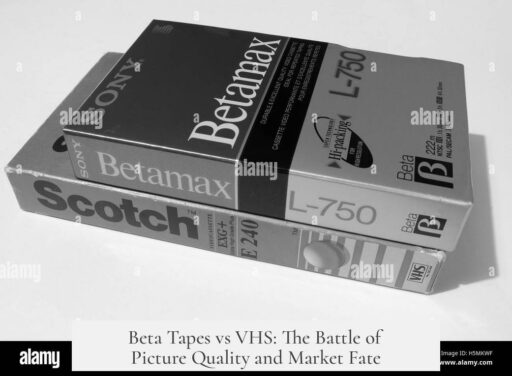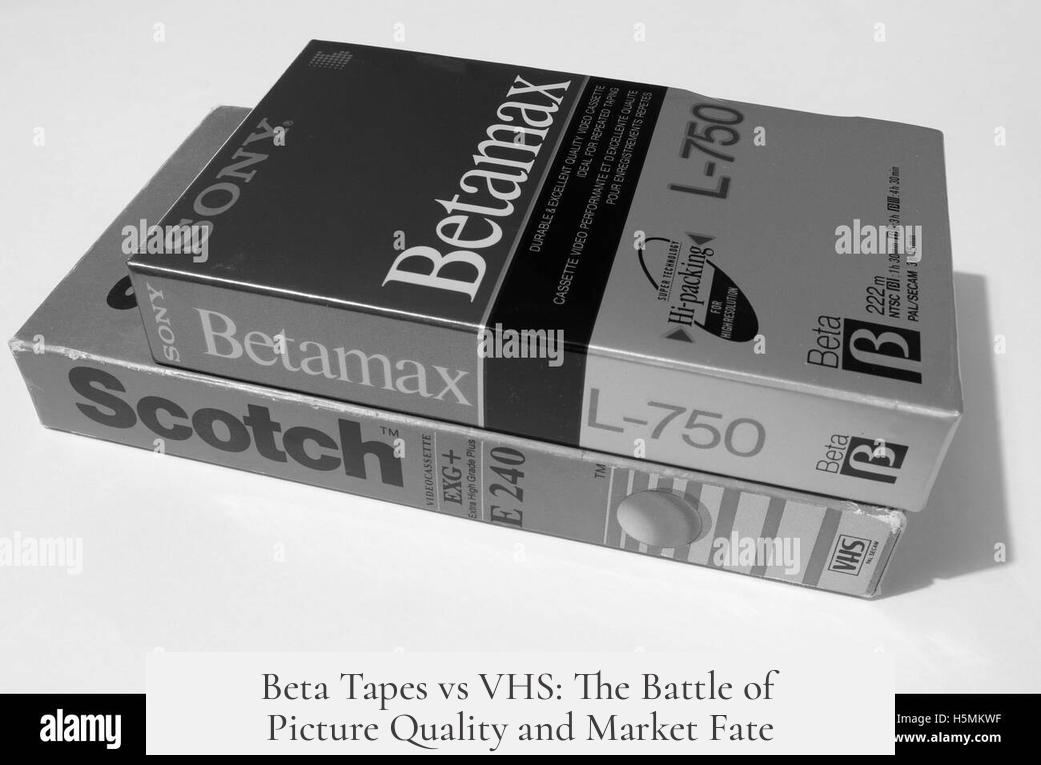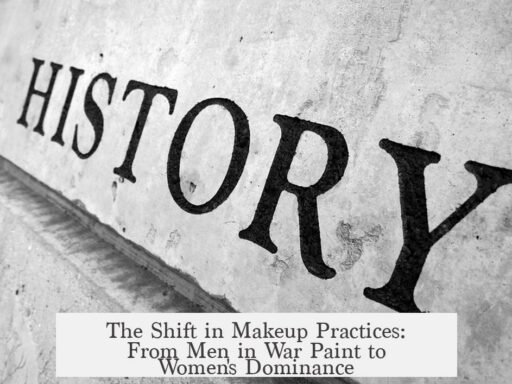Beta tapes earned a reputation for superior picture quality compared to VHS, but they lost the technological race due to crucial market and strategic shortcomings.
Beta tape technology, launched by Sony in 1975, targeted the emerging market of “time shifting,” allowing users to record television programs for later viewing. Sony prioritized superior video resolution and signal fidelity. This focus resulted in Betamax delivering sharper, clearer images and better overall quality. The format’s maximum horizontal resolution and attention to analog signal integrity exceeded that of its main competitor.
Technically, Betamax machines captured and reproduced images with less degradation than VHS. Sony engineered Betamax with the professional user in mind, aiming for quality-conscious consumers who valued recording accuracy. Though explicit comparative metrics are rare, Betamax’s design philosophy reflected an advanced, premium approach to consumer videotape.
In contrast, VHS was developed by JVC and Matsushita (Panasonic) with a different vision. Introduced shortly after Betamax, VHS adopted an open licensing model. This strategy invited many manufacturers to produce VHS-compatible players and tapes. The open standards reduced production costs and introduced extensive interoperability across brands. VHS also offered longer recording times per cassette, initially two hours compared to Betamax’s shorter length.
The longer tape duration directly appealed to customers who wanted to record full-length movies and events without changing tapes. This practical feature outweighed Betamax’s marginally superior image quality for many users. VHS demonstrated an understanding of consumer behavior by prioritizing convenience and affordability.
Industry support swung heavily in favor of VHS. Companies including Mitsubishi, Hitachi, and Sharp endorsed VHS, leveraging broad collaboration to stimulate consumer demand. In contrast, Sony kept Betamax proprietary, limiting licensing and manufacturer partnerships. Consequently, VHS decks flooded the market quicker and at competitive prices, despite entry costs similar to Betamax players.
The VHS strategy emphasized accessibility and market saturation over pioneering small increments of technical quality. Consumers found VHS machines easier to acquire, offered longer recording lengths, and benefited from a wide range of brand options. Retailers favored VHS due to stronger consumer demand and support from multiple suppliers.
Furthermore, VHS’s longer recording capacity aligned more closely with movie lengths and recording needs at home. At a time when videotape use was becoming mainstream, this obvious advantage proved decisive. People wanted to record entire sporting events, films, or TV series without interruption or frequent tape changes.
Betamax’s superior image clarity was not enough to offset these advantages. Although Betamax machines won key legal battles to protect their market position, the practical and economic factors drove VHS to dominance. The battle was less about pure technology and more about usability, price, and corporate alliances.
In summary:
- Beta tapes offered better video resolution and signal fidelity.
- Sony focused on quality and time-shifting capabilities.
- VHS used open licensing, encouraging many manufacturers to produce compatible products.
- Longer VHS recording times met consumer demands better.
- Broader industry support accelerated VHS adoption.
- VHS became more affordable and widely available despite similar starting prices.
- Market preferences for convenience and length outweighed technical superiority.
The Beta vs. VHS competition highlights how innovation alone does not guarantee market success. Sony’s pursuit of quality lost out to JVC’s strategic openness and consumer-centered design. VHS’s dominance shaped the way video media evolved for decades until digital platforms replaced tape formats.
Let’s Talk Beta Tapes: Why Are They Said to Be Superior to VHS Yet Lost the Technological Race?
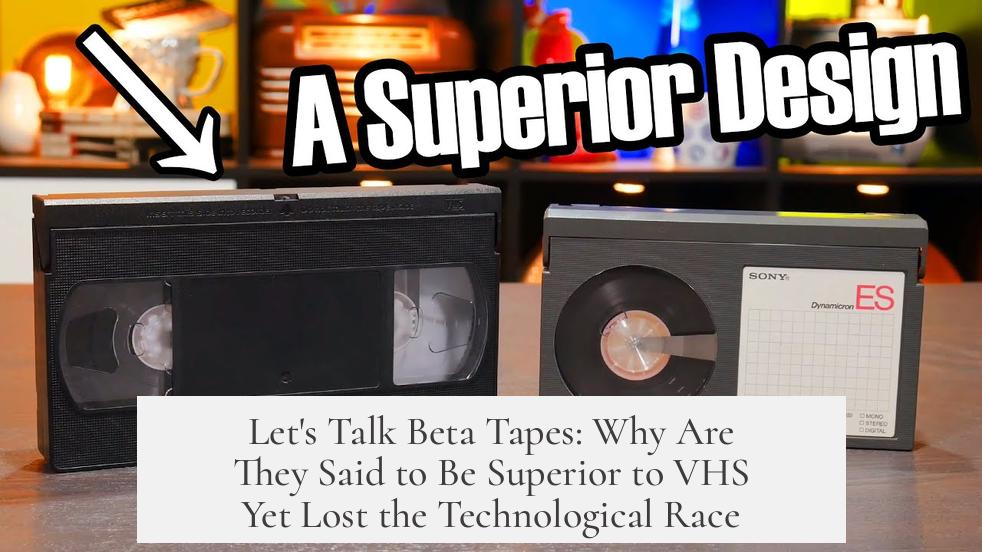
Ah, the Beta tape. For those who lived through the golden age of videotape formats, the name “Betamax” might evoke a bittersweet chuckle or even a nod of respect. Why? Because despite widely being hailed as the superior format to VHS during the late 1970s and 1980s, Betamax famously lost the so-called “format war.” But what made Beta tapes superior? And how did VHS, the underdog with arguably less finesse, win the hearts (and living rooms) of millions? Here’s the deal: Betamax was technically better, with sharper picture quality and higher fidelity recordings, yet VHS overcame these advantages by playing the long game with open licensing, longer recording time, and wider industry alliances.
Let’s dig into the tape reels of history and unspool this fascinating story.
Origins of Video Tape and Why Betamax Entered the Scene
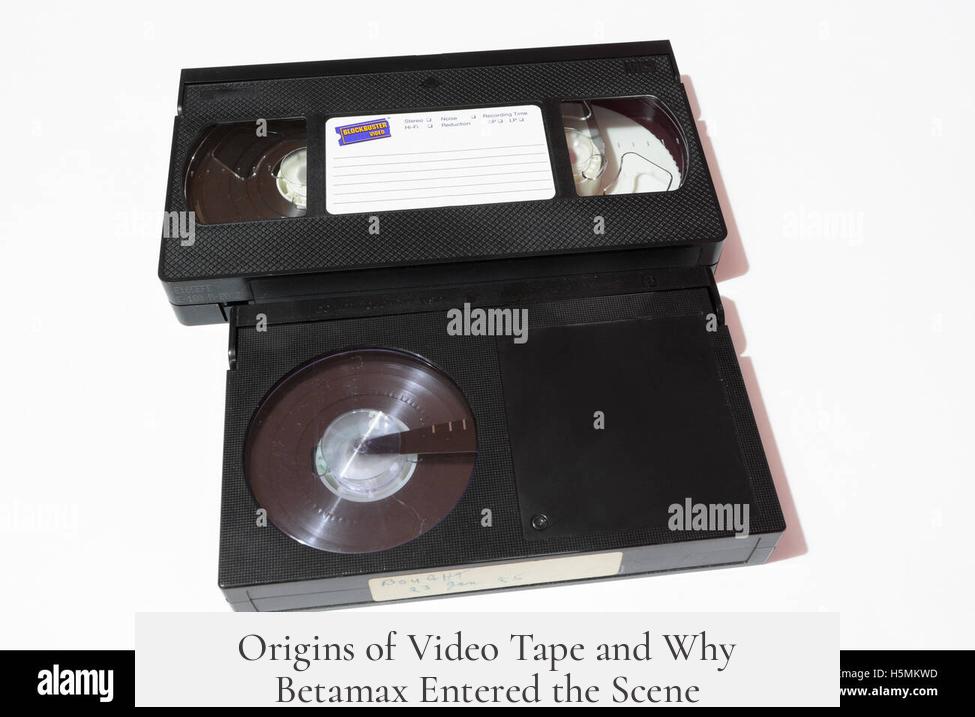
Picture the late 1950s. Television is LIVE, and any flub in broadcast means disaster for both networks and viewers. Enter video tape technology, a total game-changer that arrived as a professional tool. Suddenly, TV producers could record, edit, and replay content. The bulky, pricey reel-to-reel machines—think 2-inch wide tape spools from pioneers like Ampex—were dominant, but hardly user friendly for home use.
Fast forward to the 1970s. Smaller, more compact formats like Sony’s U-matic video cassette had already begun shrinking the technology but proved too costly for consumers. That’s where Betamax enters. Sony scaled down U-matic tech to create Betamax in 1975 for the independent consumer market. It focused on “time-shifting”—letting users record live TV and watch later. This was convenience before the days of streaming or DVRs.
The Technological Tug-of-War: Betamax vs VHS
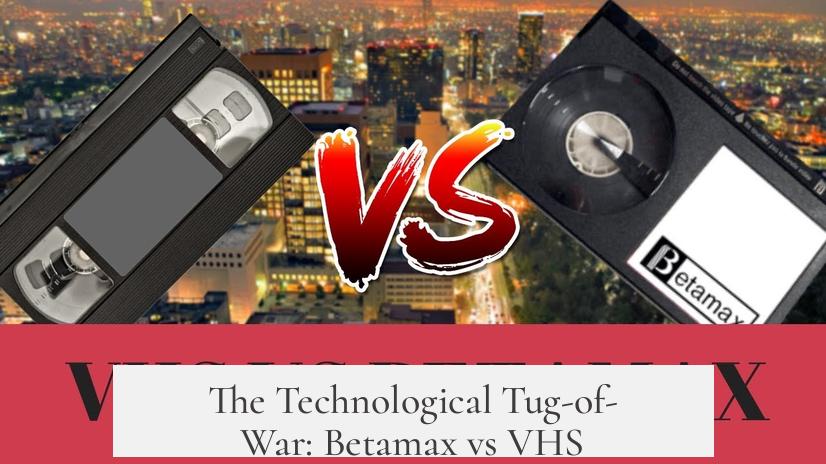
While Sony was busy perfecting Betamax with a clear eye on quality, JVC (backed by Matsushita/Panasonic) chose a different path. Instead of locking down a proprietary system like Sony, JVC opened up their VHS format as a free, open standard with no licensing fees. This stood out like a neon sign in contrast with Sony’s closed, tightly controlled Betamax approach.
Plus, VHS tapes initially recorded for about two hours. This was a huge consumer draw. Movies could fit on a single tape, an often overlooked but critical feature. Betamax started off with shorter recording times—about one hour—limiting its appeal for full-length movie recordings, despite superior picture quality.
Why Beta Tapes Had a Leg Up in Picture Quality
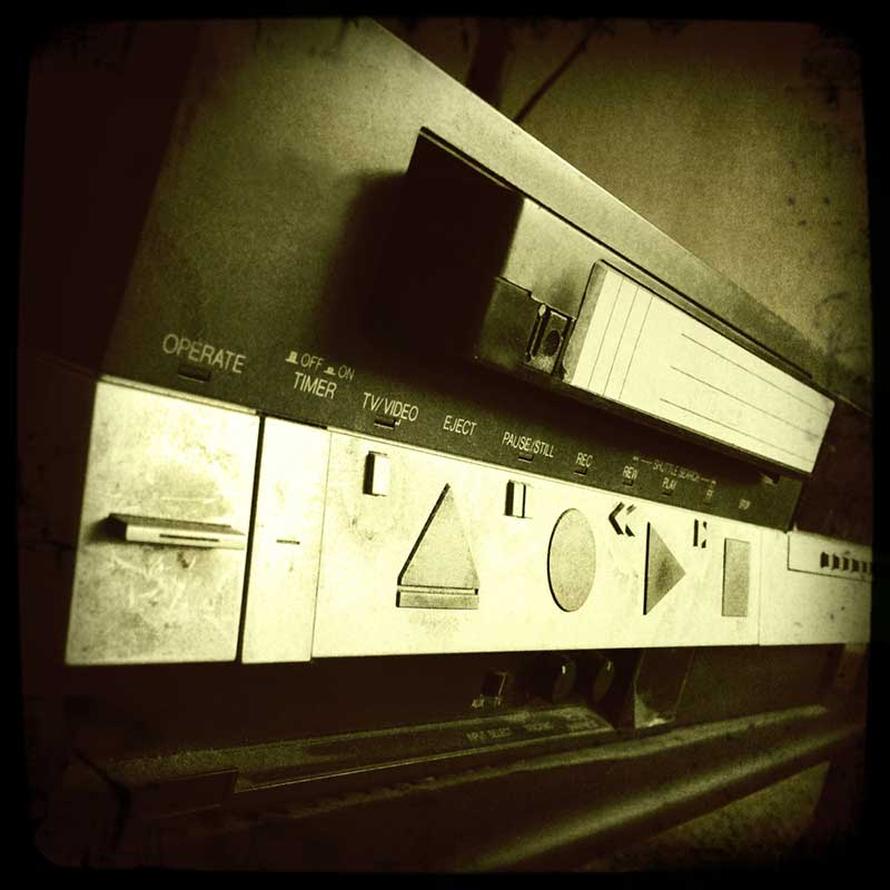
If you were to line up Betamax against VHS under a microscope (or your eye, squinting at your old tube TV), Betamax consistently delivered sharper and clearer images. Recording at roughly 330 horizontal lines of resolution, Betamax machines treated analog signals with a gentle hand, reducing degradation and offering a more precise picture. For aficionados and pros alike, Betamax was the gold standard.
Betamax’s focus on picture fidelity and user-friendly recording was no accident. Sony targeted consumers who cared about quality and wanted to faithfully record broadcast content. That dedication earned Betamax a reputation that still persists—marketed as the “superior” tape in terms of visual experience.
So, If Betamax Was Better, Why Did VHS Win?
Let’s clear one thing: winning the technological race isn’t necessarily about being the best tech. VHS did not boast superior image quality. Instead, it won by mastering the marketplace and user needs with three powerful weapons:
- Open Licensing Model: JVC allowed other manufacturers to jump in without fees, creating a flood of VHS-compatible players and tapes. This rapid industry collaboration helped drive prices down and improve availability.
- Longer Recording Time: With its two-hour tapes, VHS perfectly suited consumers who wanted to record entire movies or lengthy TV shows without switching tapes. Betamax’s shorter recording time on early models felt limiting compared to this.
- Broader Industry Support: Big names like Mitsubishi, Hitachi, and Sharp backed VHS early, reinforcing a fast-growing ecosystem of products and content support.
Price and accessibility trumped picture sharpness here. Even though the initial VHS decks cost about the same as first-gen Betamax players, the overall consumer appeal leaned towards VHS’s practicality.
What Do We Learn From This Tape Tango?
The Betamax vs VHS saga is not just a story about competing videotape formats; it’s a lesson in technology versus market strategy. Betamax—though technologically superior in key respects—could not overcome VHS’s real-world advantages. People wanted to record full movies and didn’t want complicated or expensive equipment. Businesses wanted open standards they could adopt without paying hefty fees or being locked into one manufacturer.
That’s a potent reminder that regional tech superiority isn’t enough. The ecosystem built around a product—pricing, partnerships, user needs—matters immensely. Betamax was the sleek, high-performance sports car, but VHS was the dependable station wagon everyone could afford and fill with the family to go on a long trip.
Still Curious? Some Final Thoughts
Imagine the nostalgia if Betamax had adopted an open license or extended its tape length early on. Would it have won? It’s tough to say, but history suggests yes. Sony did try to lengthen Betamax’s recording time after VHS gained momentum, but the momentum was already in VHS’s favor.
Today, both formats might seem quaint as streaming videos reign supreme. But for vintage tech lovers, Beta tapes remain a symbol of quality and innovation—proof that sometimes, being “better” is about more than just specs.
Summary Table: Beta vs VHS at a Glance
| Aspect | Betamax | VHS |
|---|---|---|
| First Release Year | 1975 | 1976 |
| Picture Quality | Higher resolution, better fidelity | A bit lower resolution, more degradation |
| Recording Length (initial) | ~1 hour | ~2 hours |
| Licensing | Proprietary, closed | Open standard, no fees |
| Industry Support | Limited, Sony-focused | Broad, multiple manufacturers |
| Consumer Appeal | Tech and quality enthusiasts | Mass market, affordability, length |
So next time someone waxes poetic about the “superior” Beta tape, you can nod wisely and say, “Yes, but VHS knew how to win friends and influence viewers.” And maybe pop in a VHS tape, just for old times’ sake.
